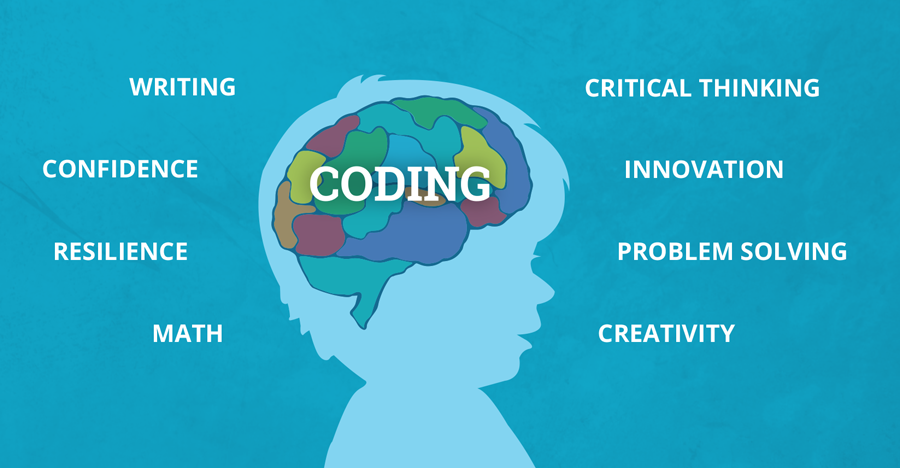We just completed another week of Hour of Code and hopefully you had a chance last week to set aside 60 min of time to expose your students to coding opportunities. However, coding opportunities shouldn’t just come during the week of Hour of Code.
Recent research puts coding at the forefront of future careers. Therefore, the language of coding is important for the development and future of our kids and we need to find more opportunities to expose them to it.
There are many misconceptions about coding, such as it is only for math geniuses, it is boring or you need excellent computer skills. That simply is not true and anyone can learn to code. Coding is about problem solving and creativity. It is another language that teaches students how to communicate and think logically, similar to the benefits of learning a foreign language. Students with early exposure to coding tend to:
- have demonstrated to be more confident
- have greater digital literacy
- be flexible learners who can understand multiple learning styles
- be stronger critical and computational thinkers

As educators, sometimes our own fears or lack of knowledge of something gets in the way of exposing students to something new (I know because as a former classroom teachers, I have been there). I would assume the same holds true when it comes to coding. The thought of teaching kids to code at any level could be a scary thought, especially if you aren’t a tech geek or computer whiz. However, remember above those are misconceptions when it comes to coding. Here are some tips to help overcome these fears and assist in integrating coding in your classroom:
- Learn with them – Use introductory lessons to learn alongside your students
- Emphasize that Coding=Creativity – Coding is creating and making things come to life
- Encourage Exploration – Find age appropriate tools, encourage children to experiment, and consistently evaluate if they are reaching limits in applications for growth
- Find a Mentor – Have students find mentors (works for you as well). Mentors can guide when stumbling across roadblocks or challenge them to keep exploring. Can also shed light on experiences and the different coding careers
- Make Coding a Social Activity – Provide and encourage opportunities for students to collaborate as they code
- Tap Into Each Child’s Passions – Differentiate your coding experiences for your students based on their interests. There are many apps that focus on things from drawing to animation to storytelling to game design, and more.
- Keep Problem Solving Fun – Encourage students to be curious, to tinker, and to solve problems. Push them to learn how something works and find different ways to do things.
- Curate/Use existing resources – Search online for coding tool and resources including the DCDS Tech Website.


